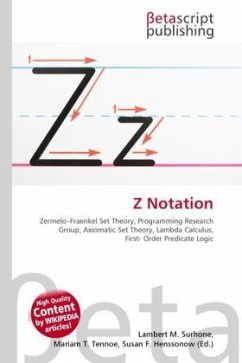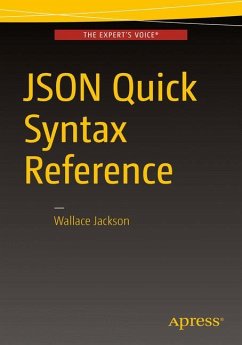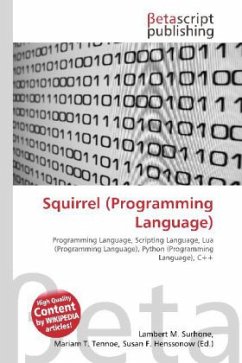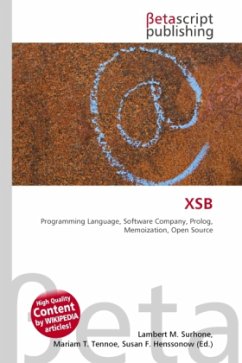
Z Notation
Versandkostenfrei!
Versandfertig in 6-10 Tagen
26,99 €
inkl. MwSt.

PAYBACK Punkte
13 °P sammeln!
High Quality Content by WIKIPEDIA articles! High Quality Content by WIKIPEDIA articles! The Z notation (formally pronounced / z d/ notation), named after Zermelo Fraenkel set theory, is a formal specification language used for describing and modelling computing systems. It is targeted at the clear specification of computer programs and computer-based systems in general. In 1974, Jean-Raymond Abrial published "Data Semantics" in Data Base Management (Klimbie, Koffeman, eds), North-Holland, pp 1 59. He used a notation that would later be taught in the Université de Grenoble until the end of the...
High Quality Content by WIKIPEDIA articles! High Quality Content by WIKIPEDIA articles! The Z notation (formally pronounced / z d/ notation), named after Zermelo Fraenkel set theory, is a formal specification language used for describing and modelling computing systems. It is targeted at the clear specification of computer programs and computer-based systems in general. In 1974, Jean-Raymond Abrial published "Data Semantics" in Data Base Management (Klimbie, Koffeman, eds), North-Holland, pp 1 59. He used a notation that would later be taught in the Université de Grenoble until the end of the eighties. While at EDF (Électricité de France), Abrial wrote internal notes on Z. The Z notation is used in the book of Bertrand Meyer and Claude Baudoin, Méthodes de programmation, published by Eyrolles in 1980. Z was originally proposed by Abrial in 1977 with the help of Steve Schuman and Bertrand Meyer. It was developed further at the Programming Research Group at Oxford University, whereAbrial worked in the early eighties (he arrived in Oxford on September 1979).












